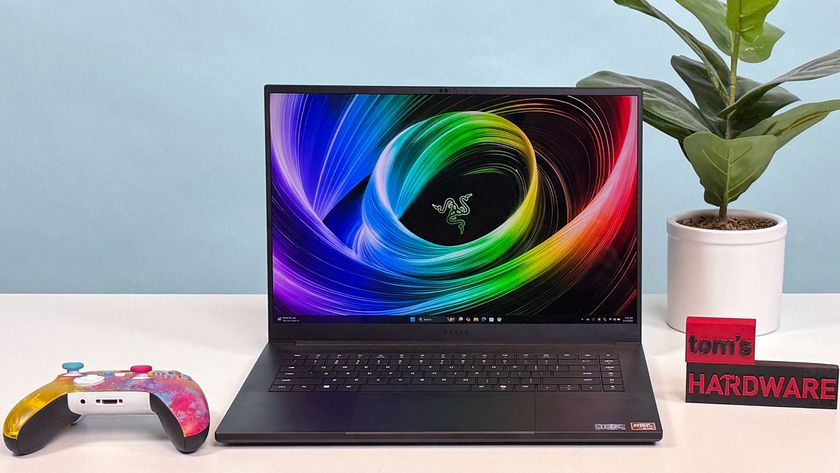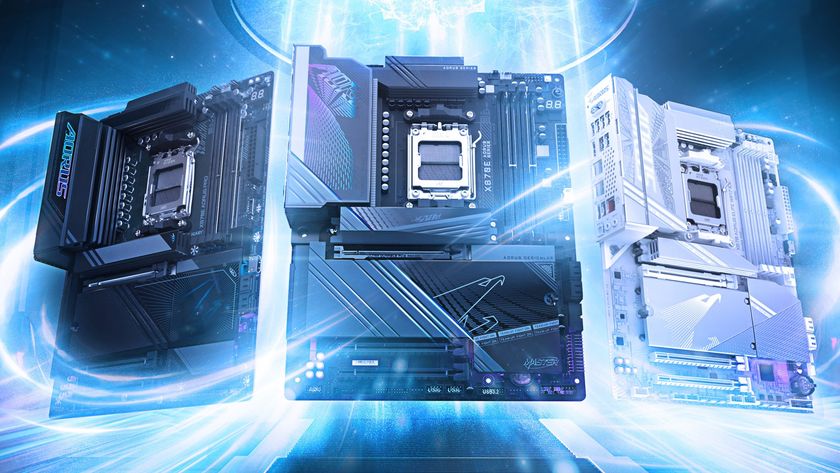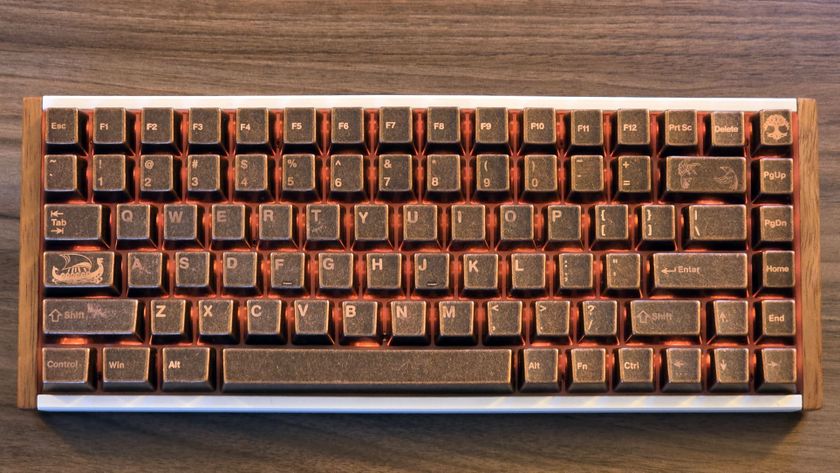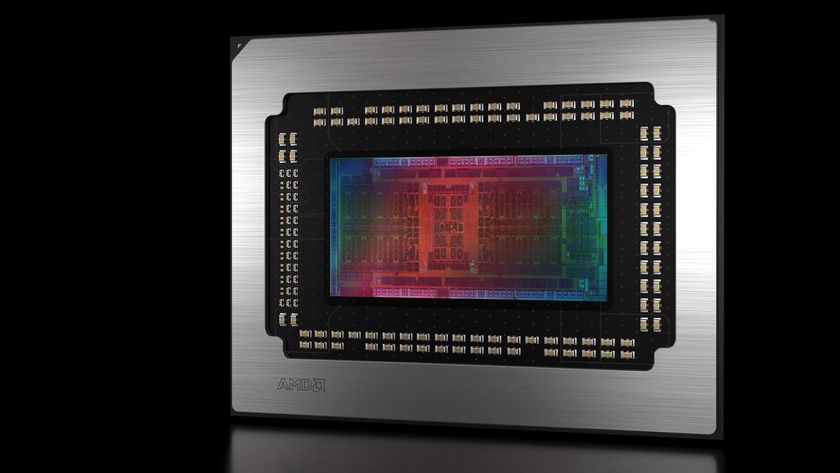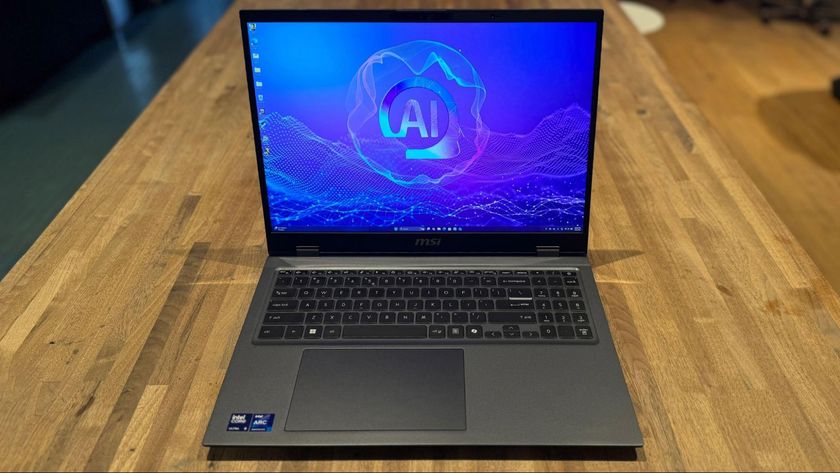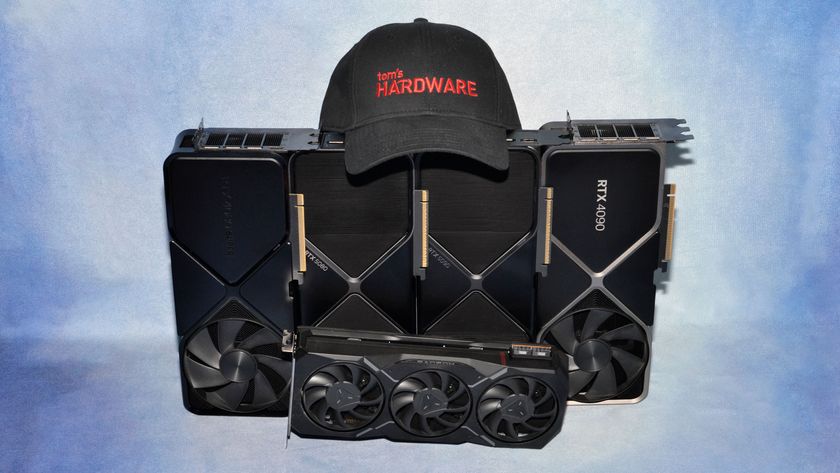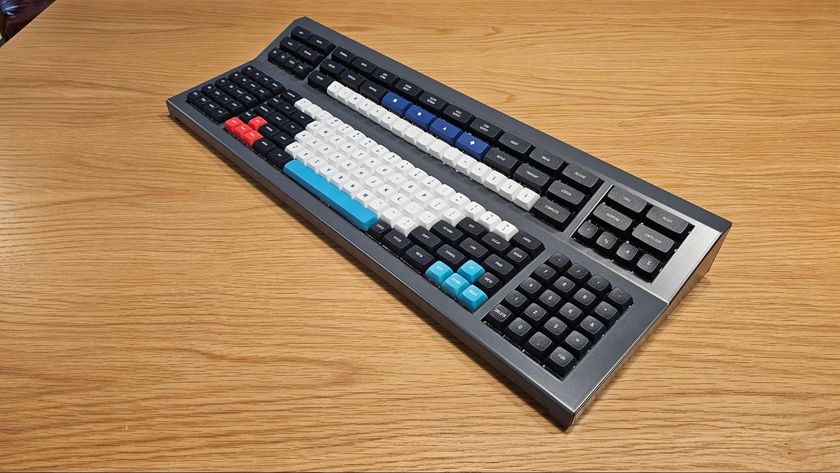Meet Moorestown: Intel's Atom Platform For The Next 10 Billion Devices
Intel’s second-gen Atom platform, Moorestown, positions the chip giant to have a killer smartphone and MID platform in 2010. The old Atom Z5xx drawbacks seem fixed. Why does Moorestown rock, and will it be enough to let Intel advance in this market?
Display And Memory
In the notebook world, most displays are based on low-voltage differential signaling (LVDS). Lincroft supports LVDS at resolutions up to 1366x768—plenty of pixels for the sub-notes in which you might expect Atom to appear. In the handheld and MID spaces, though, displays are gravitating to the Display Serial Interface (DSI) put forward by the Mobile Industry Processor Interface (MIPI) Alliance. The purpose of MIPI is to establish industry standards for wired and wireless interconnects in the ultraportable world, which often have different priorities than those in the desktop or server worlds. DSI uses a form of LVDS serial bus but seeks to specify lower-cost approaches to LCDs specifically in the ultramobile market.
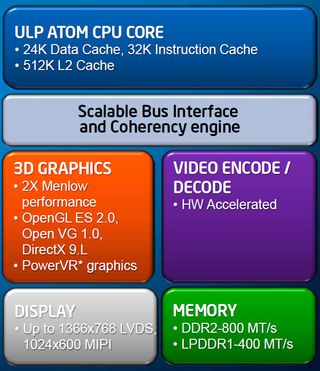
Today, Intel specifies that Lincroft can handle MIPI-DSI output at up to 1024x600. So, even if someone were to create a Moorestown-based device with a big enough LCD to accommodate native 1080-resolution video, Lincroft tops out at 720p to the screen via LVDS, and even less via MIPI-DSI. Why, then, should we get excited about Moorestown’s ability to handle 1080p video when no other phones can? In part, because the horsepower able to decode 1080p can also decode multiple 720p or lower streams. But also keep in mind that if your video collection is standardized on 1080p content, you don’t want to have to waste time transcoding everything you transfer over to your ultramobile device. Just copy and go—the device will take care of the rest.
Lincroft’s embedded controller supports two memory formats: LPDDR1 at speeds up to 400 MT/s and DDR2 up to 800 MT/s. Why two formats, given that memory is hard-mounted on the platform board? The answer has to do with market segments. Moorestown currently targets two device application groups, one based on communication and the other on entertainment and productivity. The communication models are the ones with 400 MT/s LPDDR, and they don’t presently span up to 1.9 GHz with BPT. That falls to the entertainment/productivity group with its 800 MT/s DDR2. Interestingly, only the latter group will support 1080p decoding. As of this writing, we still don’t have confirmation that the communication platforms will decode 720p, although it appears likely.
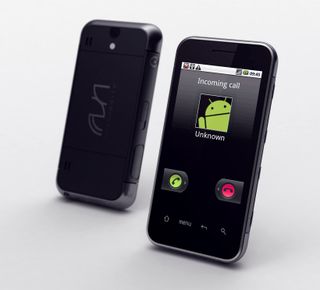
Typical power consumption for Lincroft and Langwell combined in standby is about 3mW. This applies to both the communication and entertainment/productivity groups. However, under active use, the higher clocks of the latter group start to take a toll. Whereas communication platforms land in the 300 to 500mW range, entertainment/productivity platforms run between 450mW and 650mW, at least on pre-release hardware.
Stay On the Cutting Edge: Get the Tom's Hardware Newsletter
Get Tom's Hardware's best news and in-depth reviews, straight to your inbox.
Current page: Display And Memory
Prev Page Graphics And Video Next Page Langwell Platform Controller Hub MP20-
yannifb Huh, i wonder how this will compete with Bobcat, which supposedly will have 90% of desktop chip performance according to AMD.Reply -
descendency Why isn't this a 32nm product yet? If your concern (which it would be with said devices) is power consumption, shrinking the die can only help...Reply -
Greg_77 silverx75Man, and the HTC Incredible just came out....Man, and I just got the HTC Incredible... ;)Reply
And so the march of technology continues! -
well we can only wait till amd gets their ULV chips out with their on die graphics so we can get a nice comparison.Reply
-
williamvw descendencyWhy isn't this a 32nm product yet? If your concern (which it would be with said devices) is power consumption, shrinking the die can only help...Time to market. 45 nm was quicker for development and it accomplished what needed to get done at this time. That's the official answer. Unofficially, sure, we all know 32 nm will help, but this is business for consumers. Right or wrong, you don't play all of your cards right away.Reply
-
seboj I've only had time to read half the article so far, but I'm excited! Good stuff, good stuff.Reply -
burnley14 This is more exciting to me than the release of 6-core processors and the like because these advances produce tangible results for my daily use. Good work Intel!Reply -
ta152h Do we really need x86 plaguing phones now? Good God, why didn't they use a more efficient instruction set for this? Compatibility isn't very important with the PC, since all the software will be new anyway.Reply
I like the Atom, but not in this role. x86 adds inefficiencies that aren't balanced by a need for compatibility in this market.

